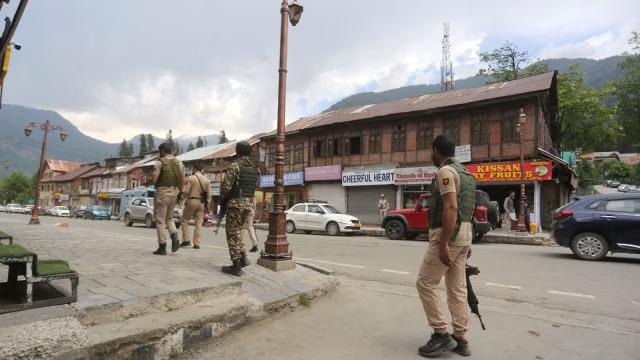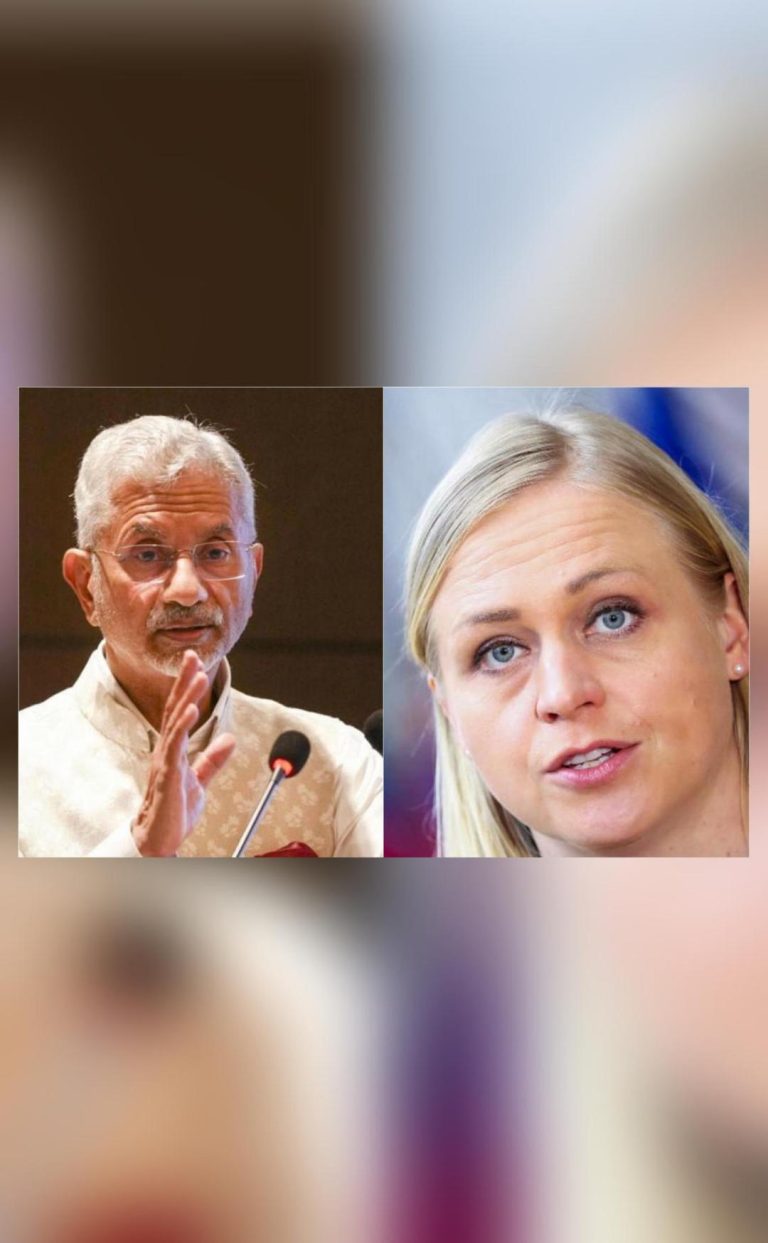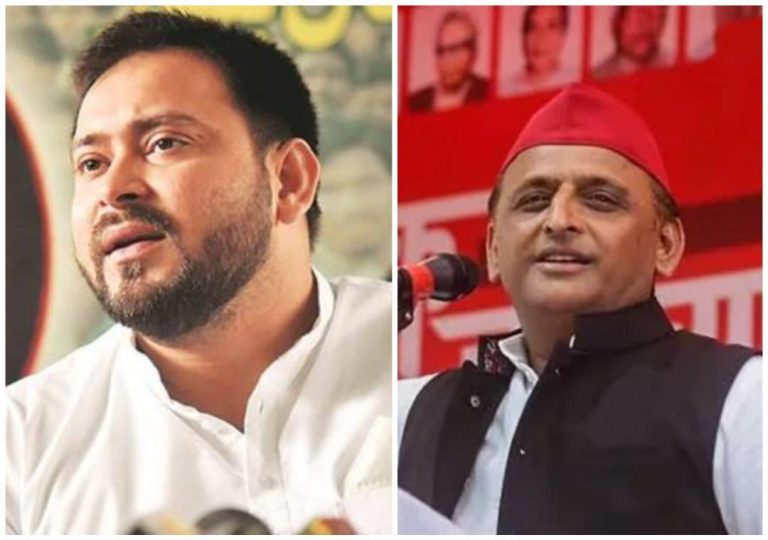
All 3 Pahalgam terrorists different from those whose sketches J&K Police had released: Report
In a shocking turn of events, the three terrorists involved in the recent attack in Pahalgam, Jammu and Kashmir, have been identified to be different from the ones whose sketches were released by the Jammu and Kashmir Police. According to a report by The Indian Express, the terrorists have been identified as Suleiman Shah, who was involved in the Z-Morh tunnel terrorist attack, and two other militants.
The report states that the police had received a picture of JR Bhat, a co-accused in the Z-Morh tunnel terrorist attack, from his phone, which was recovered during a gunfight in which he was killed. The police reportedly based the sketches of the three terrorists on this picture, which showed Bhat with three other militants.
However, the investigation by the National Investigation Agency (NIA) has revealed that the three terrorists involved in the Pahalgam attack are not the same as those in the picture. This raises questions about the effectiveness of the police’s investigation and the accuracy of the sketches released to the public.
The Pahalgam attack, which took place on July 9, 2022, was a brazen terrorist strike that left several people injured. The attack was carried out by three terrorists, who targeted a group of tourists and locals in the Pahalgam area. The police had released sketches of the three terrorists, which were widely circulated in the media and the public.
The release of the sketches was seen as a major breakthrough in the investigation, as it was believed that it would help the police to identify the terrorists and apprehend them. However, the revelation that the terrorists involved in the attack are different from the ones in the picture has raised concerns about the effectiveness of the police’s investigation.
The NIA investigation has also revealed that the three terrorists involved in the Pahalgam attack are linked to Pakistan-based terrorist organizations. This has raised concerns about the involvement of foreign terrorist organizations in the attack, and the need for increased vigilance and cooperation between India and Pakistan to tackle the threat of terrorism.
The Pahalgam attack is the latest in a series of terrorist attacks that have taken place in Jammu and Kashmir in recent months. The state has been plagued by terrorism for decades, and the attacks have claimed the lives of hundreds of people.
The attacks have been carried out by various terrorist organizations, including the Lashkar-e-Taiba, the Jaish-e-Mohammed, and the Hizbul Mujahideen. These organizations have been linked to Pakistan-based terrorist organizations, and have been involved in a series of terrorist attacks in India, including the 2008 Mumbai attacks and the 2016 Uri attack.
In recent months, the Indian government has taken a number of steps to tackle the threat of terrorism in Jammu and Kashmir. These steps include the deployment of additional security forces in the state, the tightening of security measures at vulnerable locations, and the launch of Operation All Out, a major anti-terrorism operation aimed at eliminating terrorist organizations in the state.
Despite these efforts, terrorist attacks continue to take place in the state, and the threat of terrorism remains a major concern. The Pahalgam attack is a stark reminder of the need for continued vigilance and cooperation between India and Pakistan to tackle the threat of terrorism.
In conclusion, the revelation that the three terrorists involved in the Pahalgam attack are different from the ones in the picture is a major setback for the Jammu and Kashmir Police. It raises concerns about the effectiveness of the police’s investigation and the accuracy of the sketches released to the public. The NIA investigation has also revealed that the terrorists involved in the attack are linked to Pakistan-based terrorist organizations, which highlights the need for increased vigilance and cooperation between India and Pakistan to tackle the threat of terrorism.






